Former FBI director James Comey is in the news again for all the wrong reasons. He’s been indicted for allegedly lying to Congress and obstructing a congressional investigation, which he denies. Comey’s arraignment is scheduled for October 8. Having covered every FBI director since 9/11, I’m reminded of Comey’s difficult relationship with the facts. In May, he was interviewed by the Secret Service after he posted a photo on Instagram that spelled out “86 47” in seashells. According to Merriam-Webster, eighty-six is slang for “to throw out,” “to get rid of” or “to refuse service to.” The dictionary says it originated in the 1930s, but these days to get “86’d” is widely interpreted as a threat of harm. Of course, President Trump is the 47th Commander in Chief.
Comey, a published author, former prosecutor, and former chief law enforcement officer, claimed ignorance of the violent connotations and immediately took down the post. He should know, better than most, that in law enforcement circles, this could be seen as “consciousness of guilt” behavior. On the other hand, we have Comey to thank for one of the more inventive memes on X… photos of sandy beaches with seashells spelling out “INDICTED.” Each FBI director brings their own style to the job. Comey stood out for his carefully crafted public persona. His predecessor, Robert Mueller, was pegged as a straight arrow and seemed to embrace media interviews like a bad cold. Christopher Wray, who followed Comey, was also media averse – except when it came to friendly outlets such as 60 Minutes.
I observed that Comey worked very hard to come across as transparent, folksy, a man of the people. I can’t recall how many “brown bag” lunches Comey hosted for journalists at FBI headquarters, but one stands out, because Comey’s ego was on full display. At that time, Loretta Lynch’s Justice Department and the Clinton campaign were insisting that the probe into Hillary Clinton’s use of an unsecured personal server for government business was “a security inquiry.” It was astonishing how many seasoned beat reporters parroted this ridiculous characterization.
As we sat around the FBI conference table, I put my Clinton email question to director Comey who inadvertently confirmed that the probe into Clinton’s unsecured personal server used for State Department business was, in fact, a criminal investigation. “That’s the bureau’s business. That’s what we do. That’s probably all I can say about it. I’m not going to comment, other than to say there are no special set of rules for anybody that the FBI investigates,” he said, bristling at the suggestion thathe might be playing political favorites. Yet his insistence that there was no double standard in the Clinton case has not aged well. In 2018, the Justice Department’s inspector general, Michael Horowitz, faulted Comey’s insubordination and poor judgment in the Clinton email probe.He stopped short of accusing him of political bias.
In August, I was among the first to report on the declassified FBI investigation codenamed “Arctic Haze.” This revealed Comey’s wide-ranging media strategy to shape the narrative about high profile cases such as the FBI’s Clinton email probe and the Trump-Russia Collusion case. Comey also used his media leak strategy to protect his reputation after he was roundly criticized in both probes for exceeding his authority. Comey even had the FBI hire his Columbia Law School friend as a “Special Government Employee” (the same status as Elon Musk) to act as a de facto PR media rep for Comey and his agenda. As one former FBI official told me over coffee, Comey has a kind of “knight in shining armor” complex and thinks “he is the only one who can save the republic!”
I never expected Comey and President Trump would get along. There simply wasn’t enough oxygen in the room for the both of them. The declassified records suggest the indictment is connected to a 2017 New York Times report, a rather glowing and favorable revisionist history about the tough choices Comey faced in the Clinton email probe. As I read the Arctic Haze records, highlighter in hand, I felt nauseated. The New York Times was given an “investigator-level briefing” on the Clinton case over three days in March and April 2017. This is not standard practice for reporters or the FBI. The fawning coverage of Comey that followed the “investigator-level briefings” feels problematic, to say the least.
It’s a big deal to bring a criminal case against a former FBI director. We could be witnessing a terrible act of political revenge, or long overdue accountability for James Comey. There is no question the Comey indictment is thin. The declassified records conclude there wasn’t enough evidence to prosecute him for leaks. Based on my reporting from the courts, it’s worth considering that it may be a holding charge and that a superseding indictment will follow adding more counts. Whatever the outcome, you have to conclude that if James Comey had not been FBI director in 2016 and 2017, the country could be in a very different place. And less divided.
This article was originally published in The Spectator’s October 13, 2025 World edition.



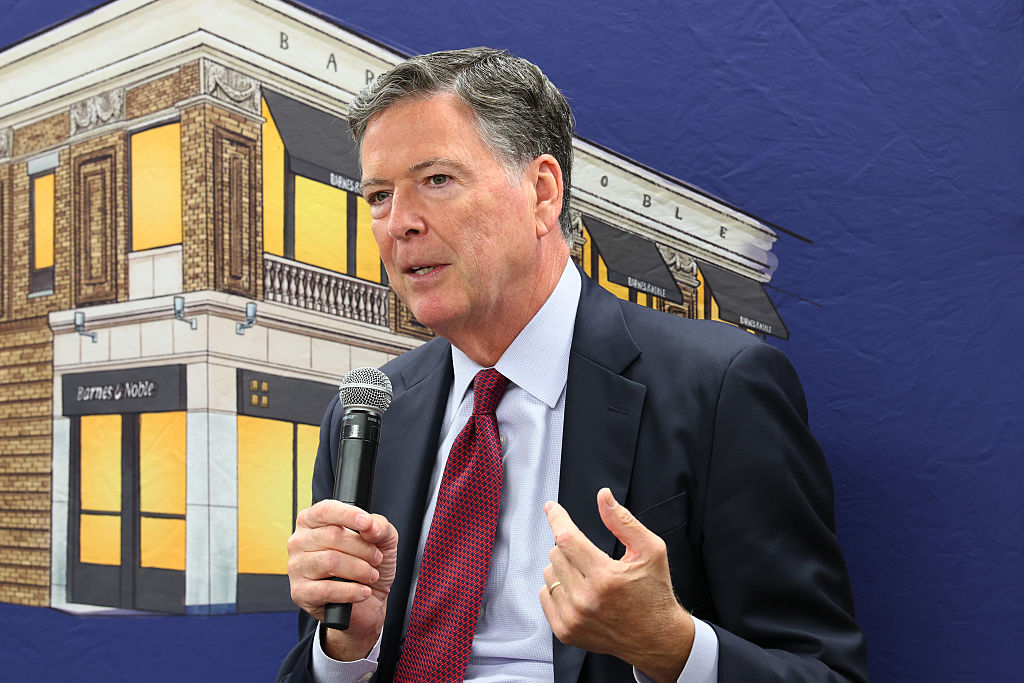






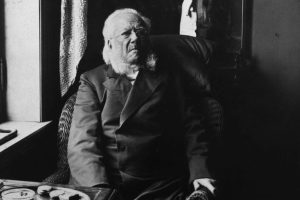


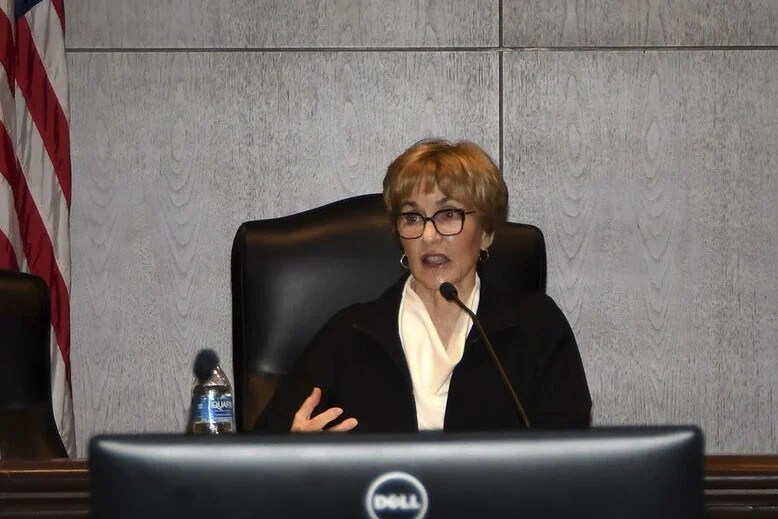
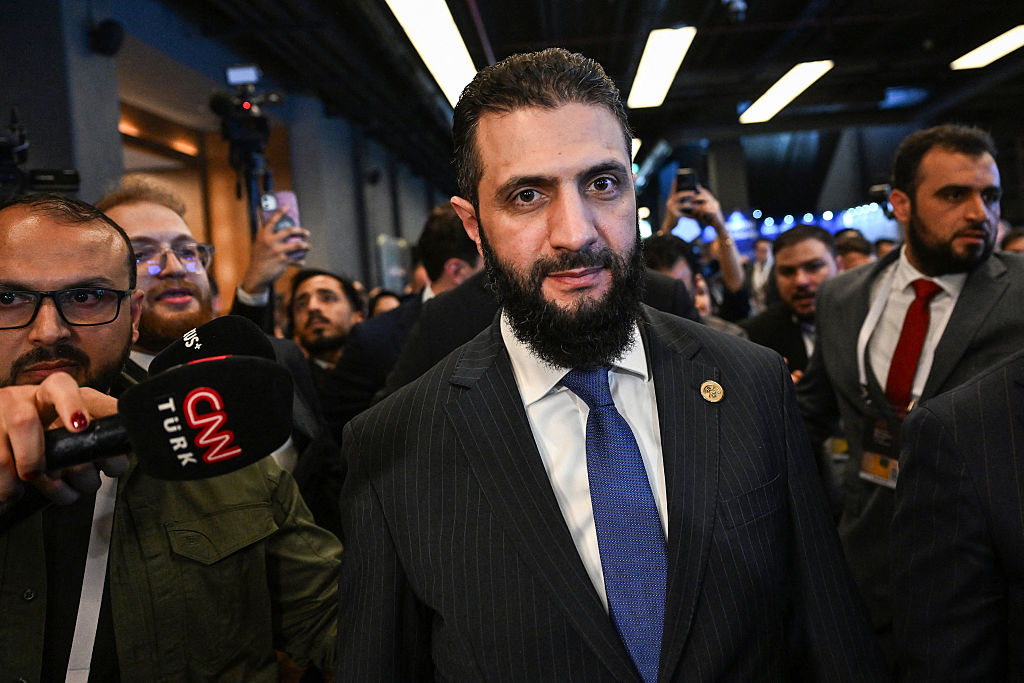



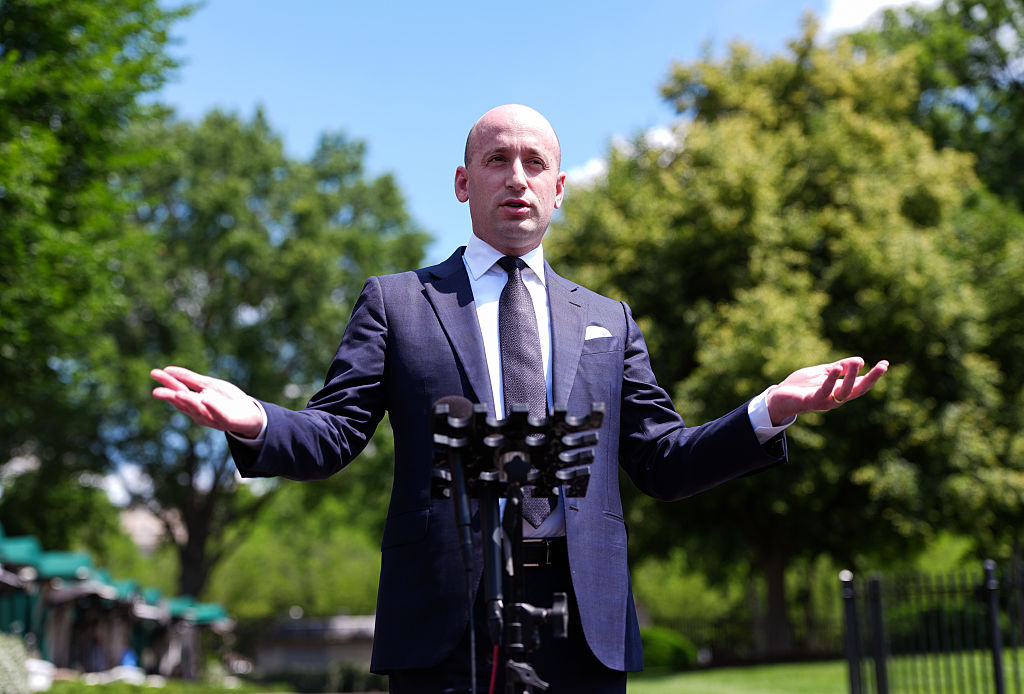

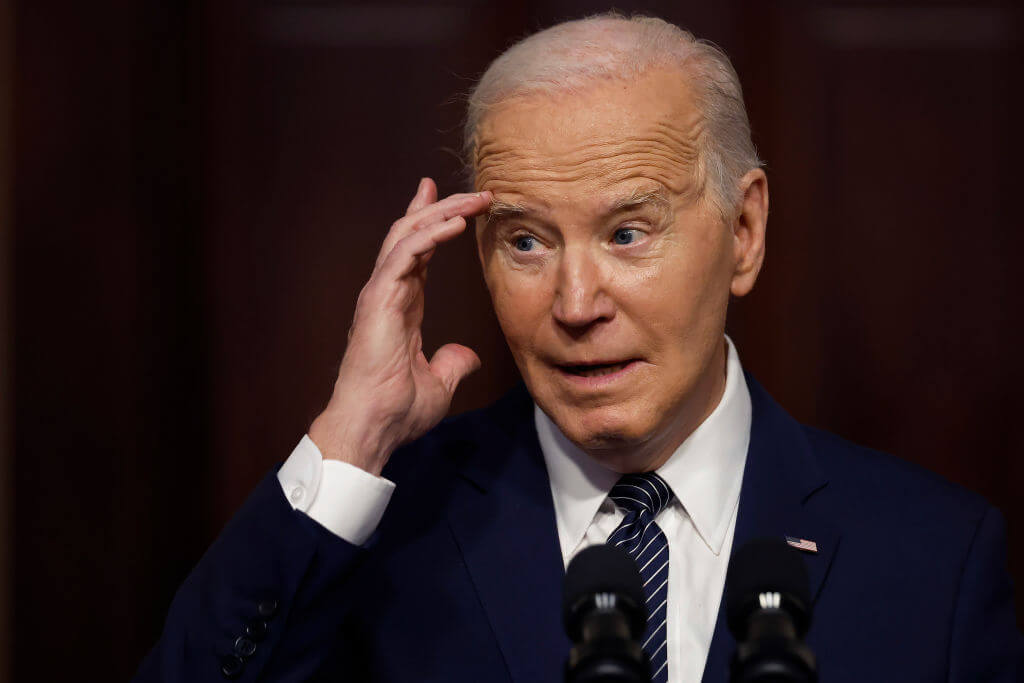



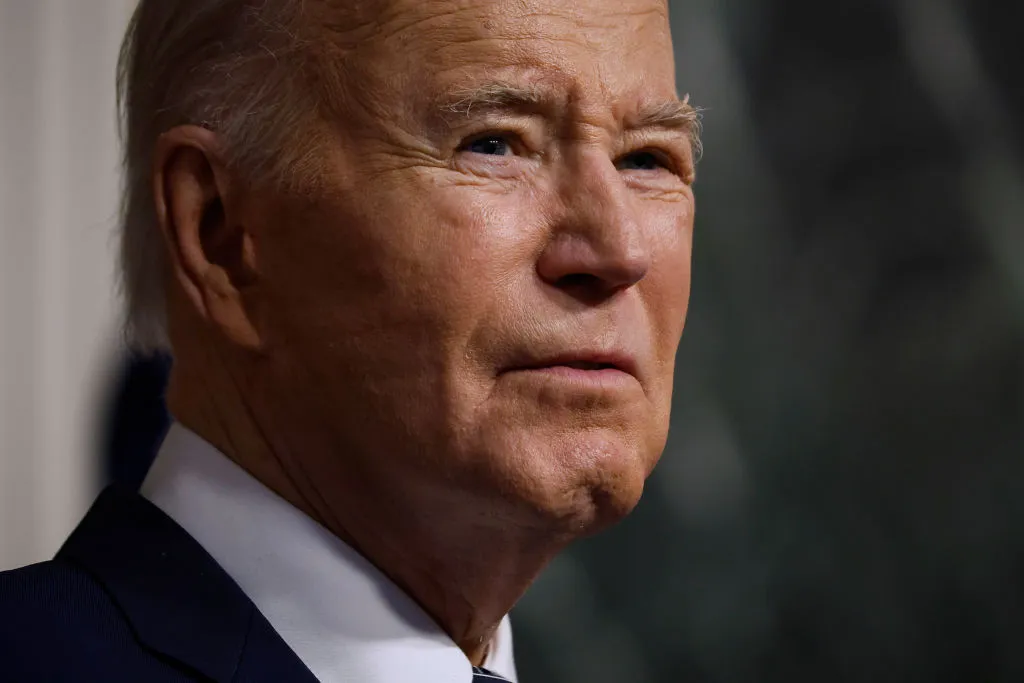

Leave a Reply